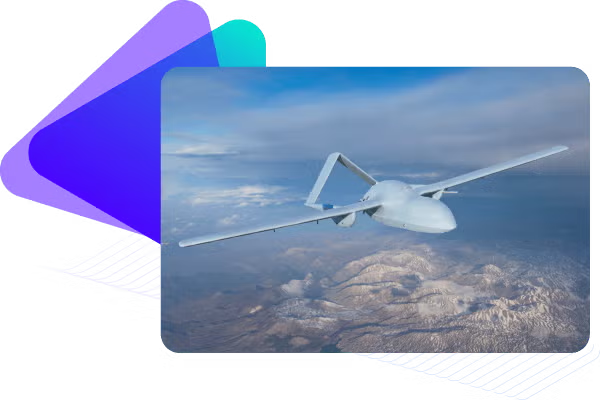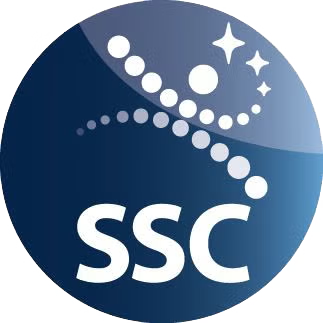The Perforce Difference
Developers are under pressure to produce software without a single defect, but large codebases, complex systems, quantity of data, and tough compliance requirements make it difficult. Perforce offers secure defense systems solutions where software is safe, secure, reliable, and in compliance with safety standards for the aerospace and defense industries.
How Perforce Delivers When Quality is Critical
- Keep your engines running with reliable embedded software that meets compliance requirements and enables your team to code in compliance with a coding standard.
- Store all digital assets in a centralized location, manage every version of code, test software continuously, protect IP without sacrificing developer productivity, and collaborate across hardware and software teams.

- Identify risk early with static analysis, and get end-to-end traceability to prioritize risk.
- Reduce risk with IP lifecycle management to ensure IP is qualified before design teams use it.

- Use a coding standard to produce compliant code and get consistent code quality, no matter who writes it.
- Accelerate time to market and reduce development codes with integrated software security.

- Configure your version control system with security first to protect your valuable intellectual property.
- Secure assets in transit and set security checks to keep intruders out.

- Integrate with your organization’s Identity Provider (IdP) to grant access to internal teams while eliminating unwanted security threats.
- Secure assets via a plugin, client, or command-line.

- Store, track, and manage your data, assets and source code in one central place, with a version control platform proven to meet the demands of the largest projects.
- Control and manage data access to branches, folders, or even an individual file for your partners and collaborators.

- Ensure role-based access control (RBAC) to give the appropriate level of access and agency to each user.
- Control how code is shared with full design traceability, audit logs, network IP address access control, and data encryption for all replicated repositories and depots.
- Safely transfer file data and revisions quickly and easily configure replica servers to transfer specifically permitted data.

Comply With Aerospace and Defense Regulations
Functional safety standards ensure that embedded software is safe, secure, and reliable. Businesses in the aerospace and defense industry must comply with DO-178 and the related DO-330 tool qualification standard.
DO-178C Software Considerations in Airborne Systems and Equipment Certification is required for airborne systems, and it’s one of the strictest industry regulations. (DO-178C is an update to DO-178B.) Comply with DO-178C across development — from planning to development to verification — using a static code analyzer and an ALM tool to make it easy.
DO-330 is a separate tool qualification standard that supplements DO-178C. DO-330 sets the requirements for tools used to develop airborne systems. Save compliance time with qualified tools like Perforce QAC, which comes with a DO-330 Tool Qualification pack that provides all the documentation you need.
DO-254 provides design assurance guidance for airborne electronic hardware. It sets requirements for the hardware design lifecycle, planning, processes, and verification and validation.If you’re designing hardware — such as circuit board assemblies — you’ll need to comply with DO-254. Using Perforce IPLM can help you in achieving and documenting compliance, including with design verification traceability.
The Defense Information Systems Agency (DISA) provides Security Technical Implementation Guides that inform organizations on how to comply with best practices around cybersecurity. A static code analyzer like Klocwork enforces coding rules and flags security violations, while Perforce Puppet’s infrastructure as code helps organizations automate and demonstrate compliance.
Learn More about Perforce Klocwork Learn More About Perforce Puppet Compliance
FedRAMP is the gold standard for cloud security in the U.S. government. Perforce Puppet automates compliance benchmarks and makes it easier to achieve and maintain certification.
JSF AV C++, MISRA, and Other Coding Standards
Using a coding standard helps you produce compliant code.
Joint Strike Fighter Air Vehicle (JSF AV) C++ is a coding standard developed for airborne systems developers. You may use other coding standards, such as MISRA C, too.
Learn how Selex uses Perforce QAC to comply with MISRA.
Outperformers Prevail With Perforce
Perforce delivers a DevOps Edge to the world’s outperformers, empowering them to build, manage, and maintain high-stakes applications — from code to business-ready.
View Customer Stories




Get the Power of Perforce Today
Embrace complexity, achieve speed without compromise, improve security and compliance, and run your DevOps toolchains with full integrity.

